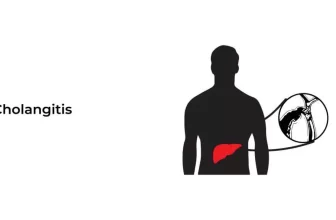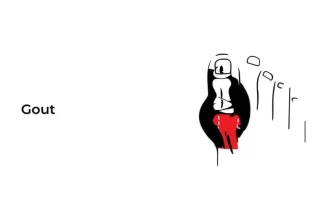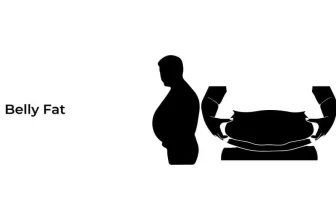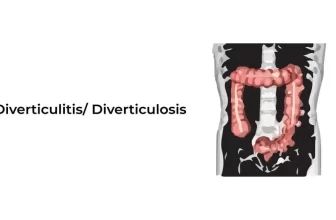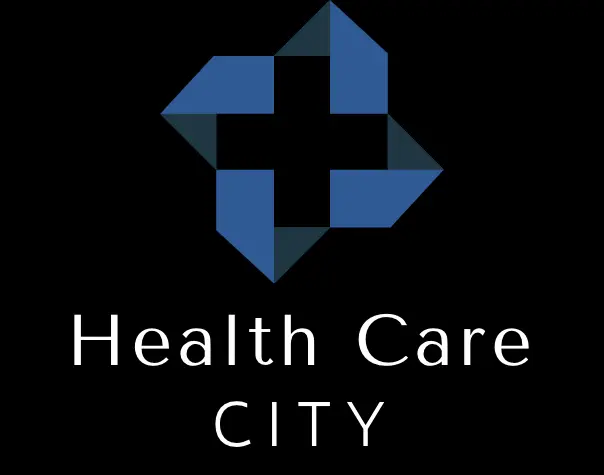Bulging veins are close to the skin’s surface and easy to see. These veins are present anywhere in the body but primarily in the legs. They are prominent, twisted, enlarged, and discolored veins, usually appearing red and bluish. Bulging veins are a sign of severe disorders such as blood clotting, but generally, they are harmless veins. You can feel their appearance and size by touching the bulging veins in the legs. People with bulging veins may complain of pain, cramping, or aching in the legs. Especially bulging veins occur in a person’s leg when excessive blood is collected in the veins or pools inside.
Causes of bulging veins in legs:
You might have varicose veins when you feel bulging in your legs. Due to high blood pressure, veins become long and wide. There are many types of veins, such as deep or superficial veins. Usually, bulging occurs when veins become weak and don’t function properly. The vein becomes enlarged, dilated, or twisted and appears bluish. The one-way valve of veins becomes blocked due to swelling, and blood cannot return to the heart from the veins. This problem primarily affects the lower legs of the patient. Some other causes of varicosities are as follows:
- Older age above 50
- During pregnancy
- Excess body fat/overweight
- Genetic bulging problem
- Keep standing for a lot of time
- Hormonal changes
- Smoking
Moreover, the following are some of the severe causes of bulging veins:
- Extreme Exercise: Physical activity or intensive exercise causes bulging veins in your legs. Lifting weight is also the cause of swelling in the legs. Superficial veins are easily visible under the skin as the muscles become big.
- Low-Calories in diet: Veins become more prominent caused by deficiency of body fats.
- Age: Skin becomes less elastic or thinner due to age factors. The bulging of the legs increases due to aging, which makes veins visible through the skin.
- Gender: These bulging veins mainly develop in women caused of female hormones.
- Medical Conditions: The diseases like chronic insufficiency of venous and vasculitis cause bulging of the legs.
Symptoms of bulging veins in legs: Following are the symptoms of bulging veins in the legs:
- Pain in your veins
- Swelling of veins
- Achiness in veins
- Twisted veins
- Discoloration of veins, usually bluish or red
- Bleeding from veins (rare case)
- Formation of ulcer
- Cramping in legs
- Bulging in legs
- Feeling of burning
Preventing bulging veins in legs: Bulging veins in the legs are not easily prevented. However, we can avoid bulging by keeping veins healthy. It includes;
- Physical activity: The blood flow of the veins is improved by doing physical activity, walking for 30 minutes to one hour, and stretching your body. The calf muscle helps push blood towards the heart. Sitting for a long time at the office or on a long ride should be avoided.
- Smoking: Avoiding smoking is also helpful in preventing bulging veins in the legs. Smoking causes the blockage of blood and damages the veins. You must consult your healthcare provider to get guidance on avoiding smoking.
- Weight loss: Weight loss can benefit the patient with bulging veins in the legs because it lowers the pressure in the veins. It also decreases the risk of severe disorders and venous disease.
- Comfortable clothes: Always wear comfortable clothes, especially around your waist, because it helps the smooth blood flow of the heart from the veins.
Complications during bulging veins in legs: You must consult your doctor if you are suffering any symptoms of bulging veins to avoid further complications. Bulging veins in the legs have a high risk of forming a blood clot that can cause severe diseases and disorders such as:
- Superficial thrombophlebitis: In this disorder, blood clotting occurs in veins on the skin. It causes severe pain, inflammation, redness, and swelling of veins in the legs and arms. With the help of nonsteroidal anti-inflammatory medicine, pain and swelling can be cured.
- Deep vein thrombosis: In this disease, blood clotting in veins occurs deep in the body, mainly in the legs, caused by damaged veins and blocked blood flow. To prevent this disorder, immediately consult your doctor. Medicines, compression socks, and surgeries can help to treat this disease.
- Pulmonary embolism: In this disease, blood clotting occurs in the lungs due to the leg’s clotting. The blood flow of the lungs is blocked, oxygen level becomes low, and the blood pressure in the arteries increases. Shortness of breath and pain in the chest is the symptoms of this disease.
Immediately consult your doctor if you notice bulging veins in your legs along with the following symptoms. The doctor may suggest an ultrasound to check the blood clotting.
- Bleeding from veins
- Discoloration such as red or bluish
- Pain
- Warm to touch
- Swelling of veins
Diagnosis: Your doctor may ask about your complete medical history or symptoms. He may also perform your physical examination to check the problem of bulging veins. Ultrasound may be done to examine the blockage spot and prevent the severity of the situation. Diagnoses can be made by following tests:
- Selective venography
- CT scan
- Magnetic Resonance angiography
Treatment: The treatments for bulging veins are as follows:
- Sclerotherapy: This treatment is used to treat bulging veins in the legs. In this procedure, the medicine is injected into the shrunk veins. Resultantly, the damaged veins fade away from the lower legs. It takes more than one month to give its beneficial result to the patient. However, more than one Sclerotherapy can be done to treat the following symptoms:
- Swelling in legs
- Feeling of burning
- Achiness in veins
- Pain in veins
- Stretchable socks: Doctors suggest wearing unique stretchable or compression stockings to put pressure on your lower legs to maintain blood flow easily. It is also beneficial in decreasing the swelling of veins. These compression socks are readily available in pharmacies and medical stores.
- Vein ligation: It is a minor surgery to treat bulging veins in the legs. In this procedure, damaged, twisted and enlarged veins are cut down from the skin through an incision to prevent overfilled blood veins in the body. After the surgery, you will feel pain in your cuts, and your legs will become swollen. Your doctor suggests medicine to reduce the pain and does a tight dressing to minimize the wounds. Moreover, you must rest for at least 3 to 7 days at home.
References:
- https://my.clevelandclinic.org/health/diseases/22877-bulging-veins
- https://www.nhs.uk/conditions/varicose-veins/#:~:text=Varicose%20veins%20are%20swollen%20and,aching%2C%20heavy%20and%20uncomfortable%20legs
- https://www.mayoclinic.org/diseases-conditions/varicose-veins/symptoms-causes/syc-20350643



